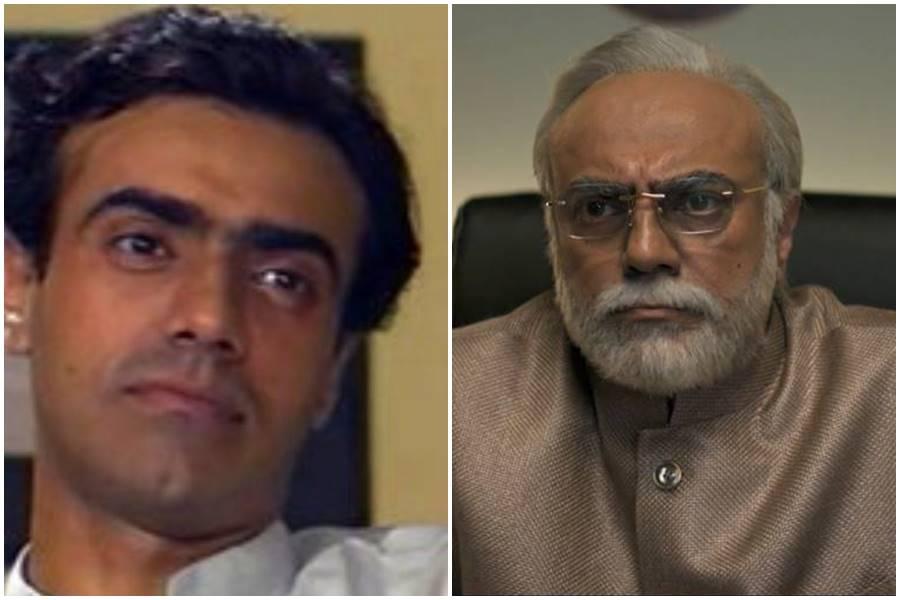
But one must also note that Byomkesh and his wife lived together without a large extended family, which was unique for the time.īyomkesh Bakshi was shot like a film, without episode-to-episode linearity, because we had to travel to Calcutta for all the outdoor sequences. When Byomkesh was written, in the early 1930s, the predominance of the man was very much part of our patriarchal society the wife was still very, very secondary. The relationship between Byomkesh and his wife was always a problem for me, actually, and Sukanya would often complain too: “I’m just listening to him issue instructions and orders, bringing tea and taking away tea,” she would say. In fact, Sukanya Kulkarni, who played Byomkesh’s wife Satyavati, would joke that Ajit was more of a wife to him than she was! Later, there was also a spare room in their home given to Ajit. They shared a Holmes-Watson sort of rapport. Only his assistant Ajit would know that something was playing on his mind. And he would never reveal his thoughts to anyone. He was always listening, for every word, every whisper. It was all really about how his mind worked. He was not flamboyant or flashy, not gregarious either - he was as aam-aadmi as could be. Basu-da was very clear about his character: this man lived and operated in a dhoti-kurta. I got to know Byomkesh through the scripts. He just sent me this huge bundle of scripts and said, “I’ve done my work.”
#BYOMKESH BAKSHI ACTOR SERIES#
When Basu-da, approached me in ’92, I had just finished a series called Yugantar, in which I played a Bengali literary poet, the firebrand Michael Madhusudan Dutt (it was the reason I was considered for the role in the first place). The character was never written, or played, in an elocutionary, inaccessible style. I think the show’s very simple presentation worked in its favour. His house on the show could have been anyone’s house. He helped people, and not necessarily for the fee. I believe it was his humanity, even though all anyone could talk about was what a dashing figure he was. I am here for dinner.” Looking back now, I feel bad that they really thought I could solve their problems, never once believing that Byomkesh was not real.

Even in Bombay, someone would whisper in my ear at a restaurant, “I know you’ve come to find out something,” and I’d reply, “No. Out on the street too, especially in Calcutta, people would stare and follow me around, thinking I was on a case. Come within the next 10 days.” That kind of desperation was frightening. “My gold bangles have been robbed, only you can find them.” “My husband is beating me, you need to come and help. People across the country would write and ask me to solve their problems. The show struck a chord, especially in smaller towns and villages.

There were love letters and marriage proposals sent to me by parents, with pictures of their daughters attached. Byomkesh Bakshi had premiered on Doordarshan, the country’s main source of entertainment at the time (this was in 1993), and the Bengali detective went, as we would call it today, viral. I had to assign a separate assistant just to look at all of it. I’ve never again had the kind of fan mail I received when I was Byomkesh.


 0 kommentar(er)
0 kommentar(er)
